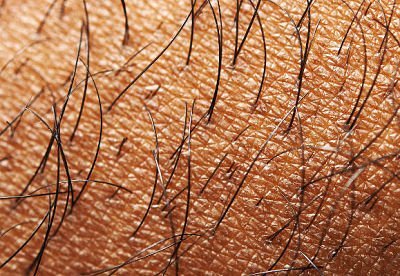Hair grafting is a safe technique with very few complications.
The appearance of frontal oedema is not considered a complication, this is an anticipated, temporary clinical response that occurs during most grafts. It slowly moves vertically through the face and disappears within 3 to 4 days. It can be subdued with 30 mg oral prednisone for 3 days.
True complication from hair transplants that may occur, although uncommon, are:

Scant growth of the implants is one of the complications of hair graft
The average expected growth of implanted follicles with current techniques is 90%. When survival of the grafts is low, some of the following factors may have influenced in the risk factors:
Do you have further questions about hair transplant complications? Request a free informative consultation now with one of our expert surgeons and they will answer all your queries.